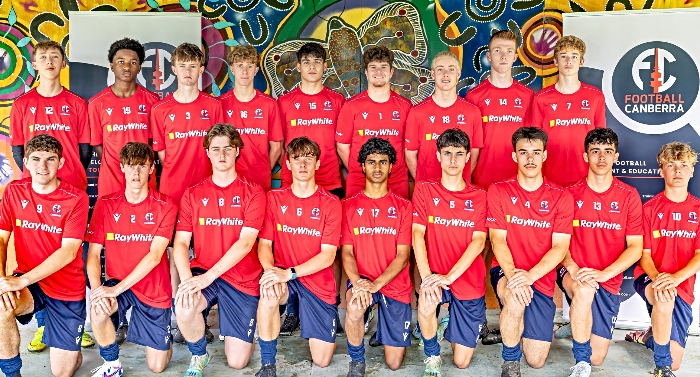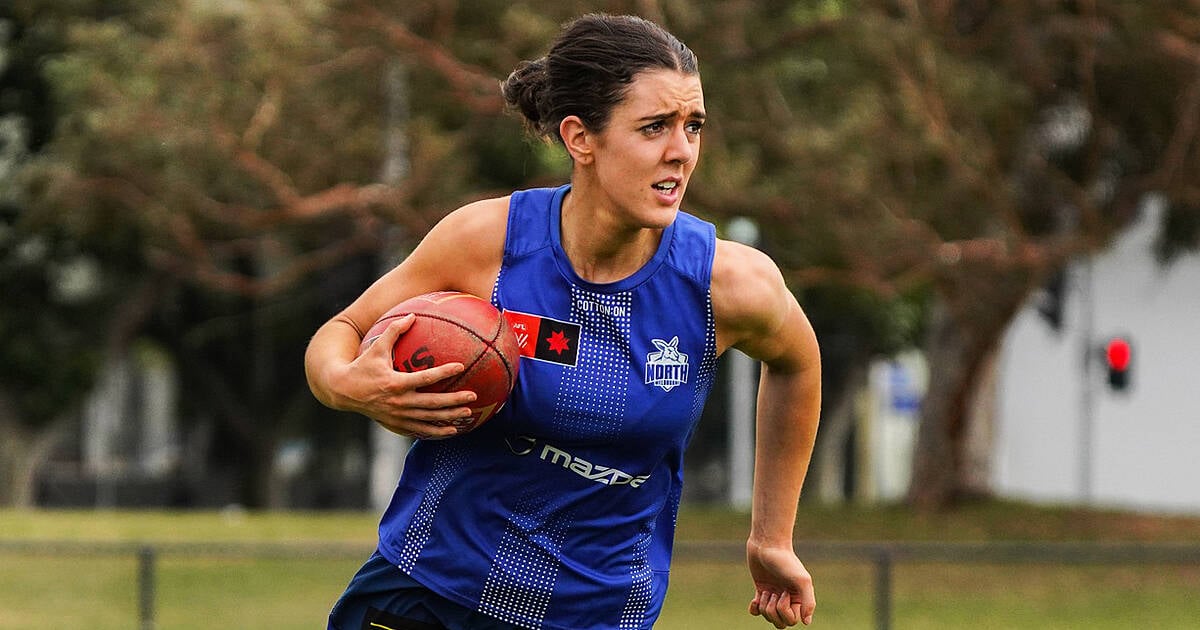The numbers behind Carlton’s steady rise up the AFL ladder

- by Admin
- June 20, 2024
When Geelong topped Carlton the last time the two teams met, in Round 7 this season, the Blues ended the weekend in sixth position.
Carlton had started well enough after a surprise preliminary final appearance last year, but its next month of football loomed as a major litmus test.
In the six weeks that have followed the 18-point loss to Geelong, the Blues have gone 4-2, picking up impressive wins against Melbourne at the MCG and Port Adelaide away from home.
The Blues were professional last time out against Essendon before going into the bye sitting pretty at second on the ladder, and at present, look like legitimate premiership contenders.
Here’s how Carlton has built a solid platform heading into the second half of the season.
De Koning’s emergence boosting Carlton’s engine room
Carlton’s season looked like it would be thrown into disarray when first-choice ruckman Marc Pittonet was sidelined with a finger injury after a 52-point loss to Sydney in Round 10.
In Pittonet’s absence, 24-year-old big man Tom De Koning has stepped into the main ruck role, and has seen an immediate uptick in his numbers.
De Koning has recorded two games of over 20 disposals and over 10 clearances in his past three outings, a run that includes a near-best on ground performance against Essendon where he notched 24 touches, 11 clearances, seven inside 50s and five marks.
Of all Carlton’s players who have appeared in each of the team’s past five games, De Koning leads the team in centre clearances per game with 2.8, ahead of skipper Patrick Cripps (2.6), George Hewett (1.4) and Sam Walsh (1.2).
De Koning’s 6.8 clearances per game ranks only behind GWS’s Kieran Briggs among rucks in the past five contests, and his emergence as a genuine ball-winner at ground level gives an already-powerful Carlton midfield an added dimension.
The Blues have been excellent in the clinches all season long, leading the league in contested possessions per game and centre clearances per game, while also ranking third in scores from centre bounce.
Carlton has shown an ability to overwhelm teams with runs of goals all season long, with wins over Brisbane in the Opening Round and Port Adelaide in Round 12 both great examples of this. Against the Lions, the Blues slammed on five goals in just over five minutes of game time to secure a famous comeback win.
When the Blues get up a head of steam, they’re able to take full advantage of their centre bounce dominance to run up scores on opponents in no time.
Ruthless efficiency and pressure inside 50
Despite having one of the AFL’s best engine room units, Carlton has struggled to convert its good work in the midfield into territorial dominance.
The Blues average 51.6 inside 50s, a mark that places them below the AFL average and ranks them 10th in the competition. That mark hasn’t got any better in the past five matches, where the Blues actually rank second-last in inside 50s ahead of West Coast.
However, once the Blues do get the ball inside their forward 50, there aren’t many more damaging teams in the entire league.
In the past five weeks, Carlton ranks third in the AFL for goals scored per inside 50, with the Blues converting a hair over 28 per cent of each of their inside-50 entries into a major. If you extrapolate the data out to measure the entire season, only Sydney is more efficient in terms of converting their inside-50 entries into goals.
Carlton and Sydney both rank in the top two in terms of scoring shots per inside 50, with the Blues managing a scoring shot on 48.1 per cent of their inside-50 entries.
It’s no secret that Carlton’s offensive success is built off the back of its two-headed forward monster of Charlie Curnow and Harry McKay.
The two forwards have combine for the past three Coleman Medals, and both have been excellent once again so far this season. Curnow has kicked 38 goals in 13 appearances so far, with his average of 2.9 goals per game virtually in line with his marks from the past two seasons.
After struggling with confidence and goal-kicking issues last year, Harry McKay has been revitalised so far this season. The left-footer has already matched last season’s goal tally of 29 in eight fewer games.
Despite their size, McKay ranks just 10th in terms of marks inside 50, while Curnow ranks 11th, but it’s their ability at ground level that makes the pair special.
Carlton leads the league in offensive 1v1 wins per game, and that’s largely due to Curnow, who ranks third among all players in offensive 1v1 wins per game, and McKay, who ranks 11th in the same category. If you take out players who have played fewer than 10 games this season, Curnow is second while McKay is fifth.
The Blues have a nice combination inside their forward 50, flanking Curnow and McKay with a host of excellent pressure small forwards such as Matthew Owies, Lachie Fogarty and Zac Williams, who has reinvented himself as a damaging small forward in the past month.
Carlton’s mosquito fleet has contributed to the team ranking second in the league in tackles inside 50 with 13.3 per contest.
While Carlton’s past month of football has been impressive, there is still a mountain of work to do for coach Michael Voss.
As the loss against the Swans last month showed, there is still a relatively large gap between the AFL’s top two teams at the moment.
The Blues can be explosive offensively, but have also proved to be leaky going the other way. Carlton’s opponents average 12.6 goals per game, a figure that ranks the Blues as the fourth-worst defence in the competition. The three teams worse than them — North Melbourne, Richmond and West Coast — all have no interest in winning this season.
Carlton has also been susceptible to giving up runs of goals once opposition teams get on top. The Blues have given up six separate streaks of five or more goals so far this season, a mark that is tied for fifth-worst in the AFL.
Most concerning for the Blues has been the club’s injury list, which is one of the more lengthy among top-eight teams in the entire competition, with important players such as Adam Cerra, Matt Cottrell, Pittonet and Jack Martin just a few names currently sidelined.
Carlton famously promoted its 2009 season with an infamous “They Know We’re Coming” poster, but followed it with a seventh-placed finish and a first-round finals exit.
This time, the Blues are letting their play do the talking. They’re not just coming, they have well and truly arrived as a force to be reckoned with.
Sports content to make you think… or allow you not to. A newsletter delivered each Saturday.
The Latest News
-
December 26, 2024Cricket: Australia’s Kostas gets better of India on debut
-
December 26, 2024Sam Konstas in epic response to MCG heroics amid wild Jasprit Bumrah detail
-
December 26, 2024Konstas, Kohli mid-pitch shoulder bump under microscope | cricket.com.au
-
December 26, 2024‘Clown behaviour’: Kohli blasted for ‘pathetic’ exchange
-
December 26, 2024Sports News Today Live Updates on December 26, 2024: India vs Australia BGT 2024-25: Sam Konstas shocks India with his remarkable debut | Watch





